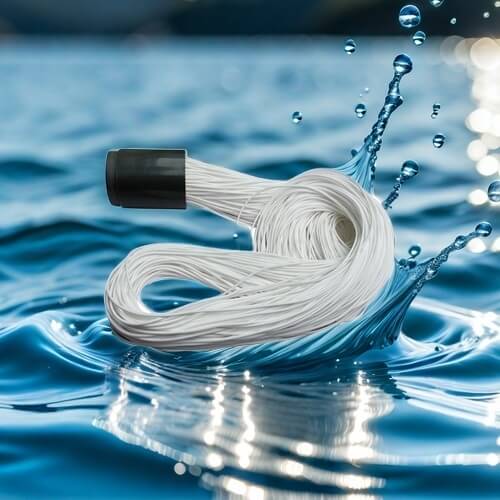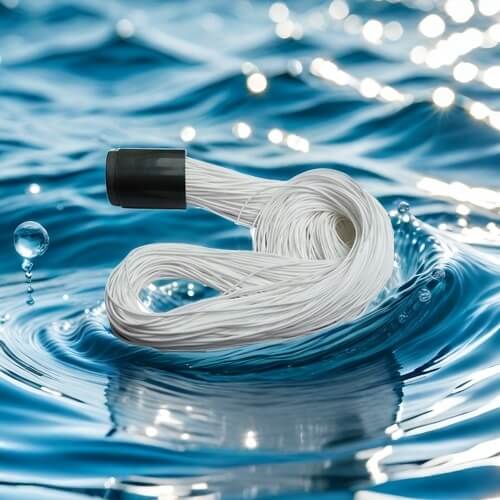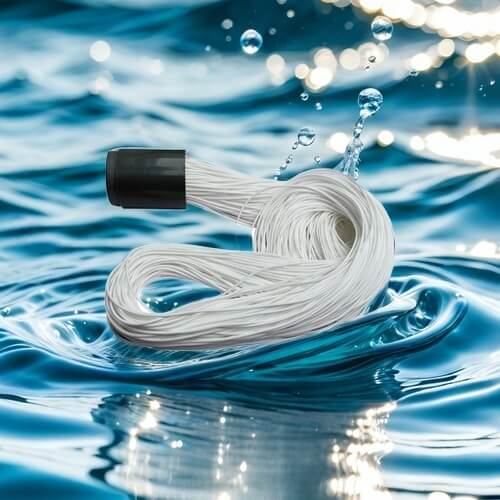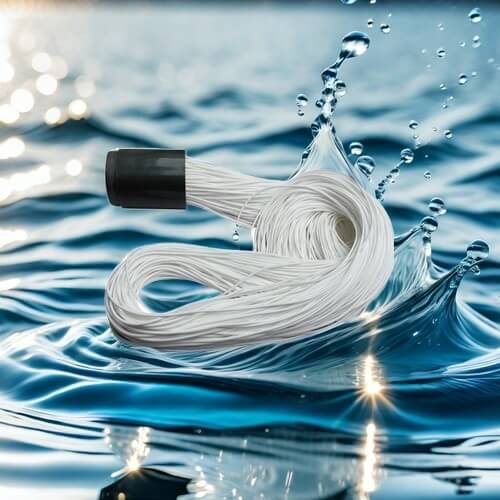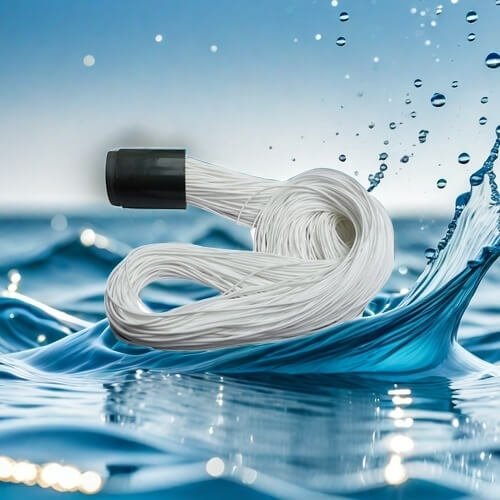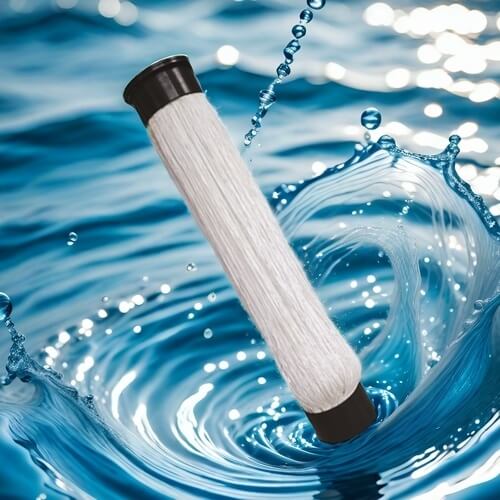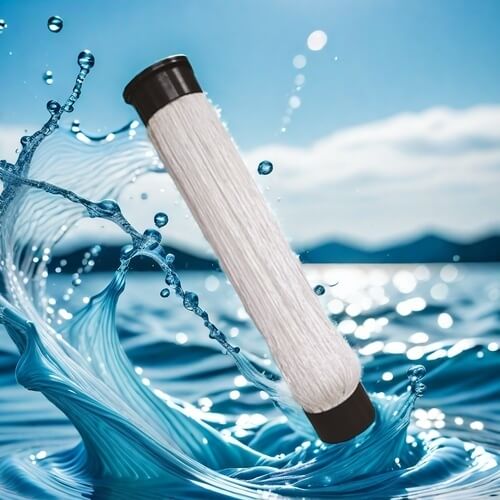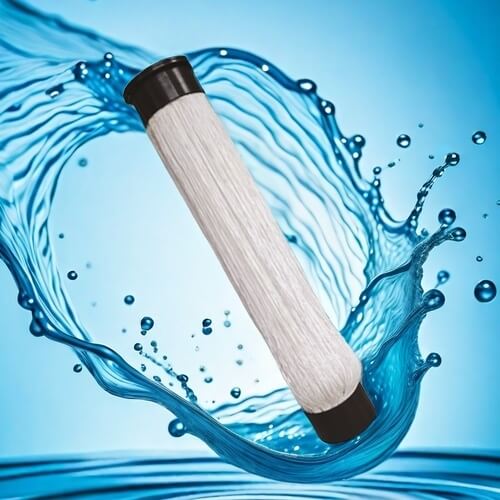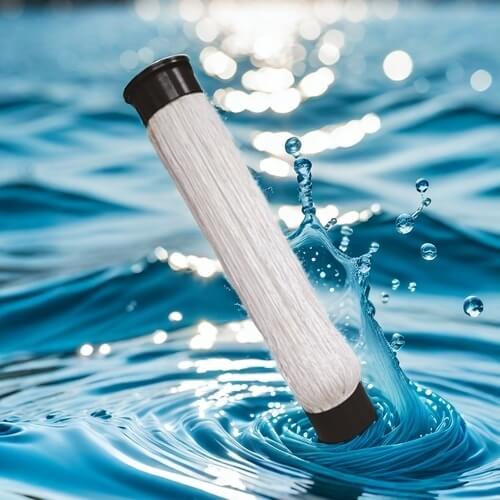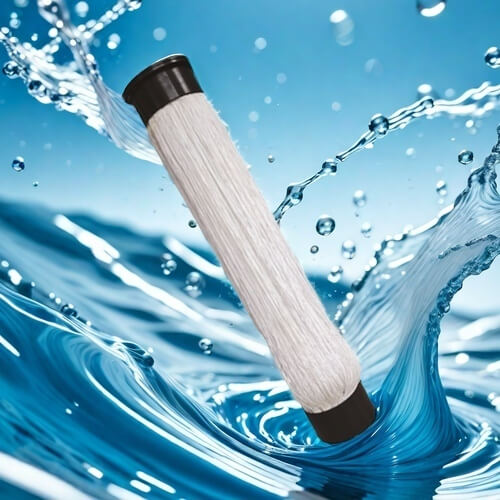Wastewater treatment in packaging product processing plants
Wastewater treatment in packaging product processing plants The wastewater treatment of packaging product processing plants mainly involves the treatment of water-based paint wastewater, as the wastewater generated during painting and cleaning processes usually contains high concentrations of organic matter and suspended solids. The following are common processing techniques and steps: Wastewater treatment process Preprocessing Grille […]
Wastewater treatment in packaging product processing plants Read More »

